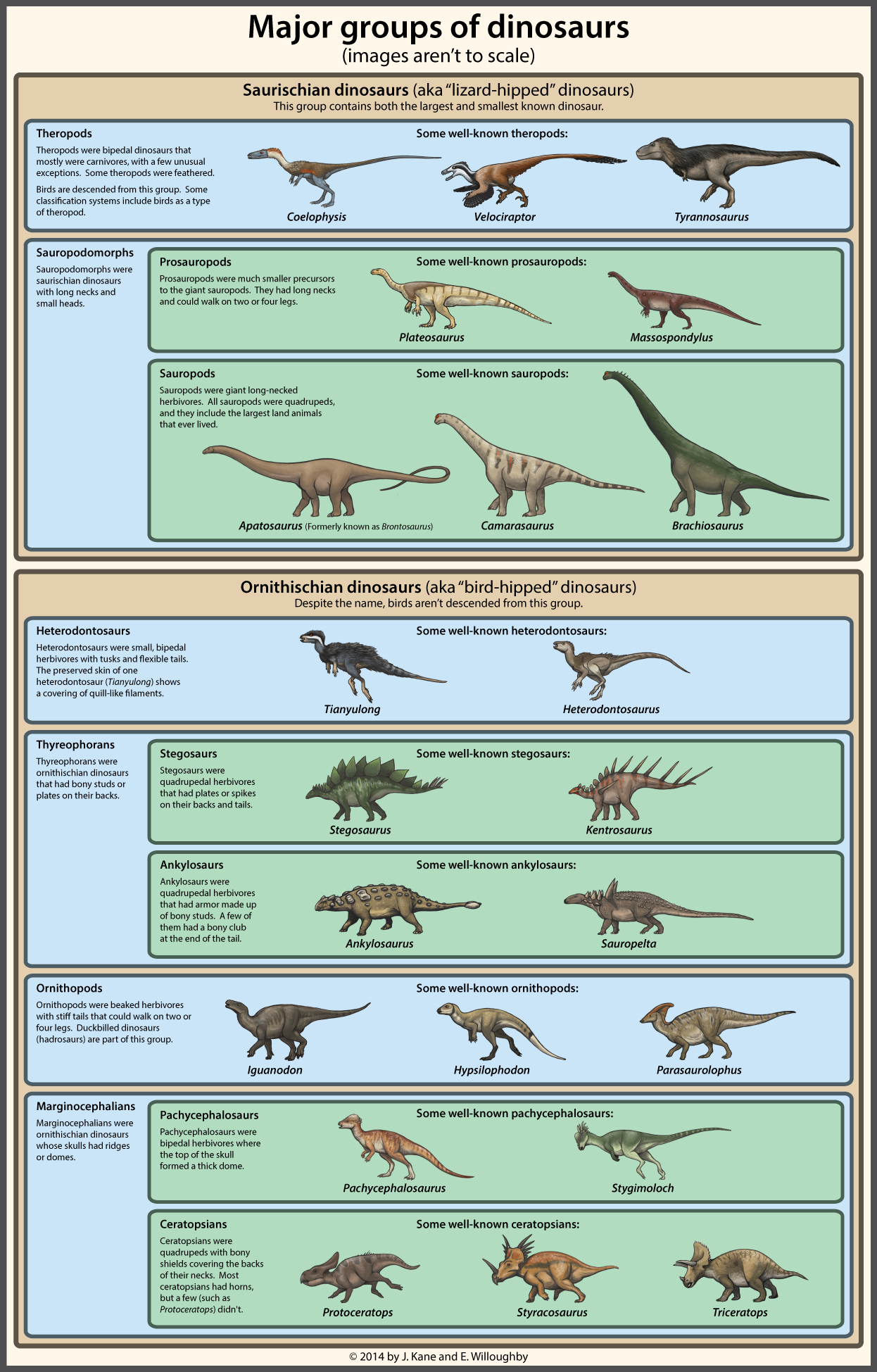
Sinosauropteryx shows a variation of differing feather colors.
More at the link, including a part about the possible relationship between the metabolic rate and the colors produced.Dan Vergano said:Colorful feathers and pelts exploded on the scene soon after early birds and mammals evolved feathers and fur more than 150 million years ago, suggest researchers in a study of both fossils and living creatures.
Scientists have known since the 1990s that some dinosaurs bore feathers, and more recent research has provided clues to the feathers' true colors. The new study broadens the palette of colors of this ancient world, and perhaps points to surprising metabolic changes occurring in early birds and mammals. (Read "Evolution of Feathers" in National Geographic magazine.)
In the Nature journal study led by Quanguo Li of the China University of Geosciences in Beijing, an international team sampled ancient and modern "melanosomes," pigment-containing structures found inside skin, feather, and hair cells that impart different colors, depending on their shape. The team found a sudden rise in the diversity of melanosomes around 150 million years ago, around the same time that the dinosaur lineage leading to birds developed birdlike feathers with barbs branching off from a central shaft. The melanosomes in the study contained the brown, black, and gray pigments that make feathers iridescent.
In the study, the researchers looked on a microscopic level for melanosomes from 181 living creatures and 13 fossilized lizards, turtles, dinosaurs, and pterosaurs, the iconic flying reptiles of the dinosaur era. The skin, fur, and feather samples of modern-day creatures came from museums, and the fossil samples were studied with scanning electron microscopes at Li's university.
The early mammals and first feathered dinosaurs, ones belonging to a group called maniraptors that gave rise to birds, seem to have possessed the same skinny-shaped melanosomes seen in their modern-day descendents. Reptiles and other dinosaurs didn't.
That points to a rapid proliferation of different dark hues among both early feathered dinosaurs and early mammals. The maniraptor feathered dinosaurs were the first ones with long "pinnate" feathers, and the early mammals were the first ones with hair.




